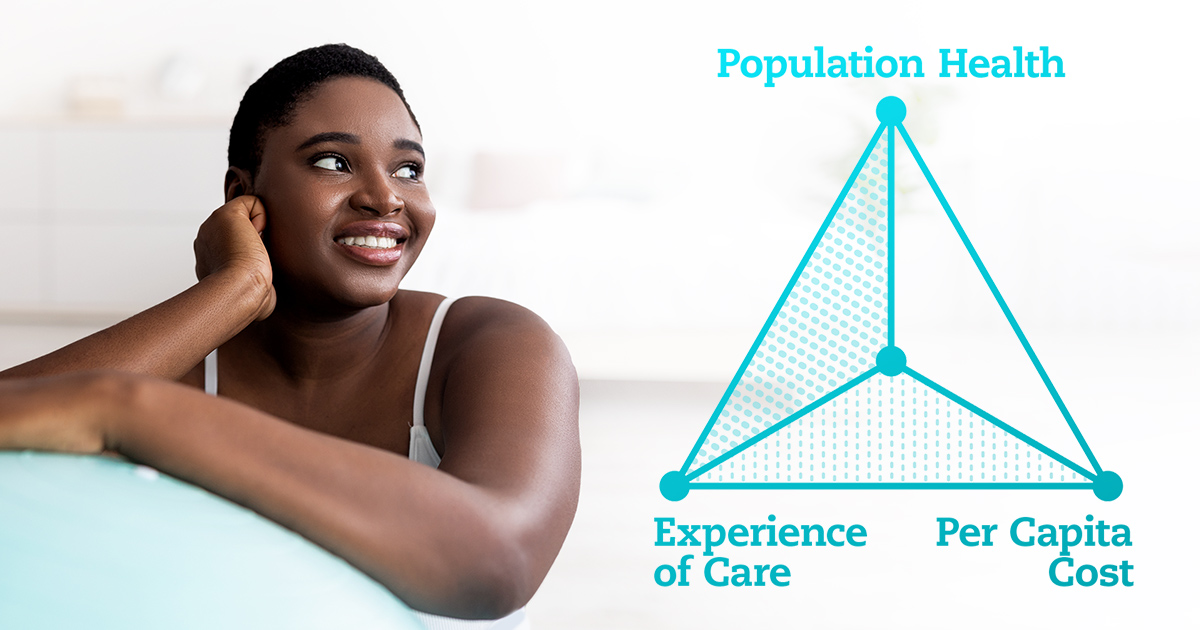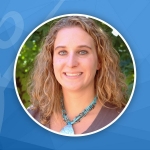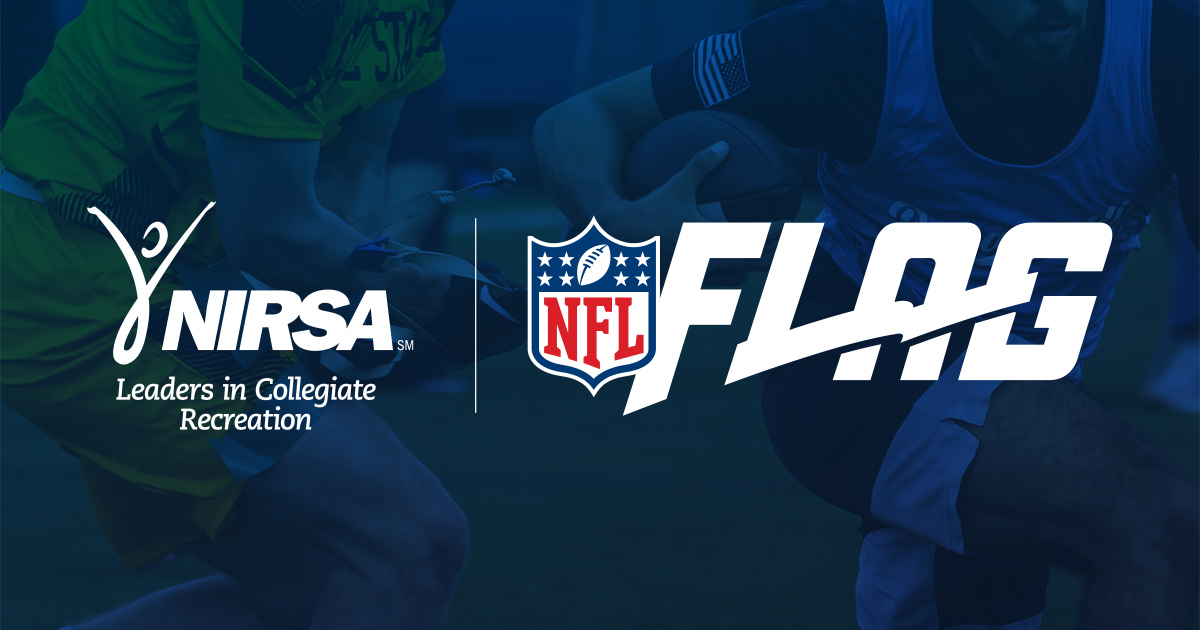In October 2018, New York University (NYU) convened eight universities for a multiyear collaborative focused on creating change on college campuses to improve students’ health, mental health, and wellbeing outcomes. The collaborative went by the name “Triple Aim,” in reference to the Institute for Healthcare Improvement (IHI) concept of the same name. IHI’s concept sought to simultaneously achieve better population health, better health care, and lower per capita cost – and it’s been utilized worldwide.
The experience, which you can read about in more detail on the Action Network for Equitable Wellbeing (ANEW) website, produced 10 key learnings, such as:
- Reorient changemaking from single-outcome priorities to population-focused improvements.
- Build an understanding of the institution’s existing norms, processes, and structures by learning about students’ holistic lives.
- If done right, this work should create joy.
The Triple Aim collaborative is one of the networks that formed the foundation for ANEW, of which NIRSA is a proud co-leader.
NIRSA recently had the chance to chat with Allison Smith, Director, Health Strategy and Outcomes at New York University, and integral co-leader of both the Triple Aim Collaborative and ANEW. “I care about this work because I believe that networks and structured methods for changemaking (e.g., improvement science, design thinking) can help us improve complex problems, such as inequitable wellbeing, at scale and make a meaningful difference in people’s lives,” says Allison.
NIRSA: Which of Triple Aim’s 10 learnings surprised you the most? Why?
Allison Smith: “I was most surprised by the transformative impact of focusing on a specific population. My assumption, like many of the participating schools, was that we could have a bigger impact if we focused on drivers of wellbeing that were common to all students. However, this collaborative’s focus on specific populations of students, allowed us to better understand the impact and potential risks of campus-wide improvement initiatives. When designed for the majority population, initiatives can sometimes actually worsen disparities for some subpopulations.
Focusing on a specific population also allows us to better understand the strengths and barriers that may be unique to a particular community of students. These insights allow us to better develop changes that address root causes of suboptimal outcomes and that will help us positively impact students’ lives.
At NYU, our Triple Aim work focused on LGBTQ+ students. We learned that access to support resources did not explain health inequities. And we learned that the experience of being referred to by the wrong gender (misgendered) or called a name they no longer associate with (deadnamed) was harming trans and nonbinary students’ wellbeing. This insight led to work on improving the complex problem of deadnaming and misgendering, which has involved addressing information systems, technology, and human behavior simultaneously. That work helps us not only address this specific issue for this specific population, but it also gives us foundational tools to unpack and address the root cause of issues for other campus populations as well.”
NIRSA: Schools in the Triple Aim Collaborative were the initial pioneers of using WISHES. Can you tell us more about this survey? Is it true this is a free resource NIRSA members can also utilize?
AS: “Yes, the Wellbeing Improvement Survey for Higher Education Settings (WISHES) is available for free to all colleges and universities! In addition, schools that administer WISHES more than once will receive a dashboard with their data plotted over time—. And schools can join a community of practice with other schools administering WISHES—all for free.
WISHES was developed specifically for the purpose of improving our campus norms, structures, and processes to enable all students to thrive.
There are many valuable instruments that institutions can use to assess college student health and mental health; WISHES is intentionally designed to complement those instruments. It’s very short so that schools can administer the survey multiple times per year, which helps institutions to:
- Shorten cycles of learning to accelerate improvement (let’s learn as quickly as possible that a change we tried didn’t work as we expected)
- Understand and respond to the variation in wellbeing of students throughout the year
- Respond in (close to) real time to emergent conditions impacts students’ wellbeing
- Assess trends in their data
The tool includes a combination of measures that assess long term outcomes (e.g., flourishing, overall health, and psychological distress), intermediate outcomes (e.g., mental health treatment engagement, feelings of belonging), and conditions on our campuses that create wellbeing (e.g., students feel like they have a faculty member who cares about them as a person).
To date, 11 schools have administered WISHES at least once and over 70,000 students have completed the survey. Preliminarily, we are seeing:
- Higher response rates on WISHES compared with other student health/mental health instruments among schools who have done simultaneous administrations
- Higher response rates from student groups who are typically underrepresented in surveys
- Positive feedback from students about the experience of completing the survey.
- Insights that have helped schools better understand the experiences of historically marginalized communities of students
- Schools use the data to inspire diverse types of university leaders, administrators, and faculty to think differently about their roles in supporting student wellbeing and to want to take action”
NIRSA: NIRSA’s Strategic Plan states “NIRSA will continue to act as — and empower members to act as — a driving force in health and wellbeing. That means being proactive innovators and relentless collaborators who are constantly seeking to foster relationships and partnerships to advance wellbeing. Integration will be our priority; we all have a shared responsibility to weave wellbeing into the fabric of all the ways we live, learn, work, and play within our communities.” What are each of us learning about what it means to be a driving force?
AS: “Most of us have long track records of collaboration and partnership within our institutions; however, the work of pursuing transformational change required a very different type of collaboration. This meant shifting from a reliance on positional power and transactional collaboration to movement-building and forging deep, integrative relationships that build agency, power, and investment in systemic change at all institutional levels.
As the drivers of this work on our respective campuses, we learned that intentional effort is needed to help other team members view themselves as equal co-leaders working together toward the shared purpose of improving outcomes. The person or group that is the initial convener must pay extra attention to power dynamics and create the space, opportunity, norms for agency, autonomy, and shared leadership.
This type of collaboration involves deep reflective and intentional work around questions such as:
- How can I practice humility when trying to foster partnerships and co-leadership to improve wellbeing in a way that appreciates the values, skills, and perspectives each person can bring to this work?
- How can I create space and build agency for others to co-lead wellbeing work?
- How can I invite shared leadership? How do I get in the way of shared leadership?”
Upcoming WISHES webinar
Interested in learning more about WISHES?
Join Allison and others on May 3, from 1:00pm – 2:30pm Eastern/ 10:00am-11:30am Pacific. The presenters will share key learnings from eleven institutions, including case studies about how WISHES data can motivate diverse partners across institutions, generate important insights about where to focus action, and provide the ability to rapidly assess changes. Register for “Catalyzing Better Outcomes Using the Wellbeing Improvement Survey for Higher Education Settings: Learnings from a Multi-Institution Collaborative.”
Benefits of Triple Aim experiences
See what Triple Aim participants have said about their experiences:
“We did start off with trying to solve the equivalent to world peace: flourishing for all students. I think that some of that is still influenced by not always acknowledging the privilege of having that thought in the first place. What I mean by that is that we think that everything should always be equal, but that negates the fact that there is inequity.”
“It was really an eye-opening experience for us; what we learned was about the ability to really learn about their needs and assets in a deep way that we otherwise wouldn’t have been able to do if we were looking at total population. We would have missed some important insights about how these needs and assets are different—like dramatically different—from the majority of students, and how these differences have a huge impact on their mental health and ability to flourish.”
“Thinking about data, the Wellbeing Improvement Survey for Higher Education Settings or WISHES, was one of our primary data sources…Collecting data at the population level is a great baseline and has allowed us to think about changes that we need to see in the short term. It’s been really motivating for our partners on campus. The other observation that I would say about data is that it’s helped that we are measuring regularly, there is a certain simplicity to life a cadence as you if you will to life on a college campus times when predictively people feel more stressed and anxious and times when people are more relaxed and so collecting data regularly has helped us appreciate that cadence reflected in the data and kind of highlight some particular times, where we might need to make some interventions.”
- For more information, contact NIRSA Director of Advocacy and Strategic Partnerships, Erin O’Sullivan .
Erin O'Sullivan is currently the Director of Advocacy & Strategic Partnerships at NIRSA.
Allison Smith is currently the Director, Health Strategy and Outcomes at New York University; you can email her at anew@nyu.edu.







